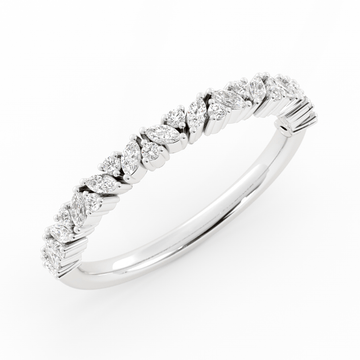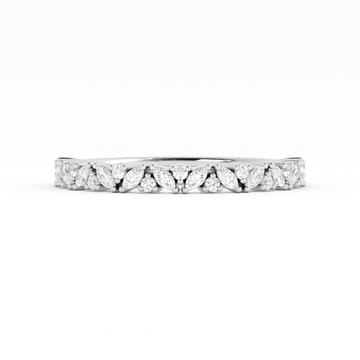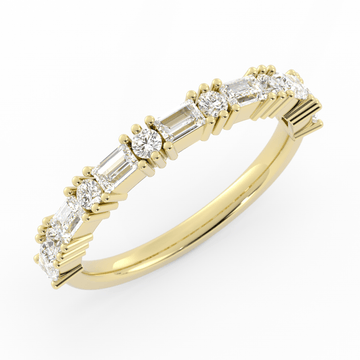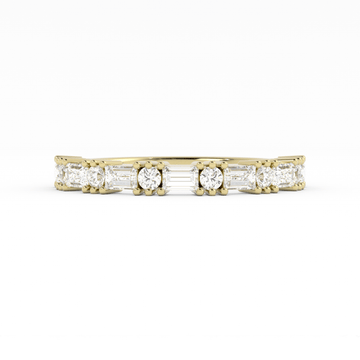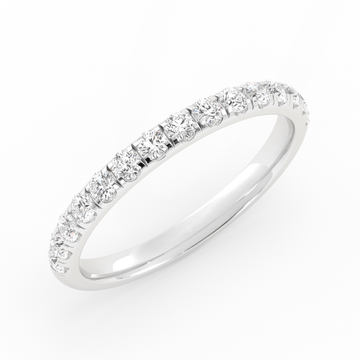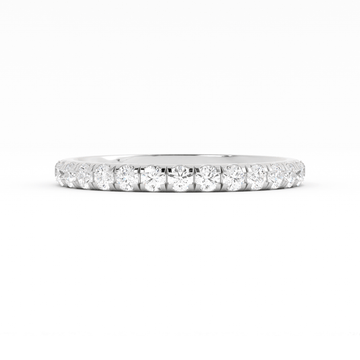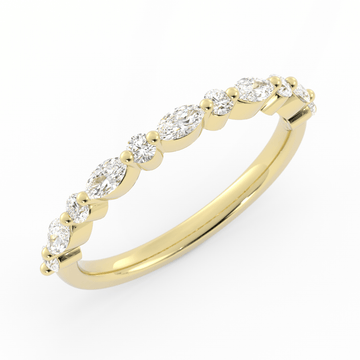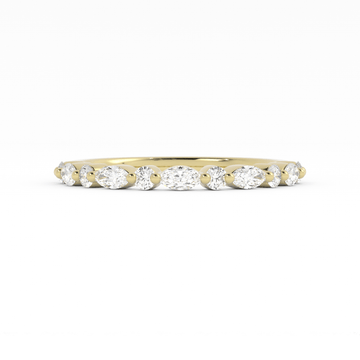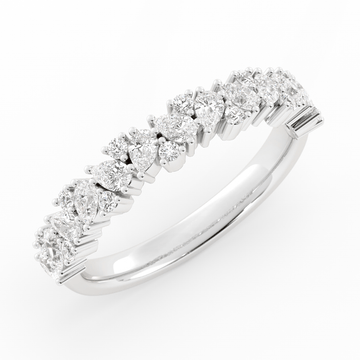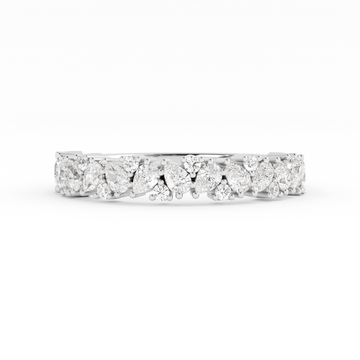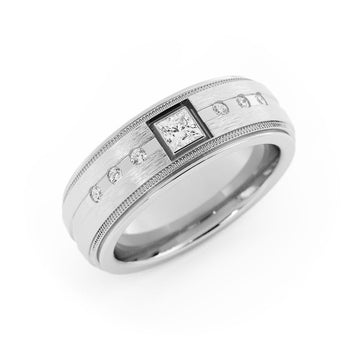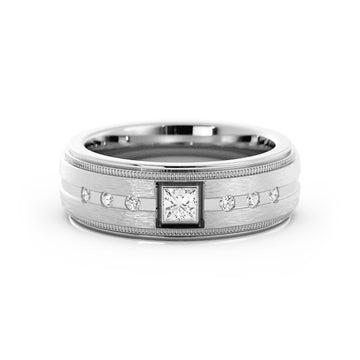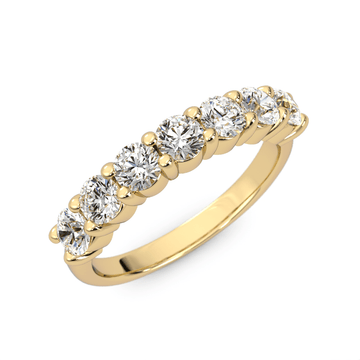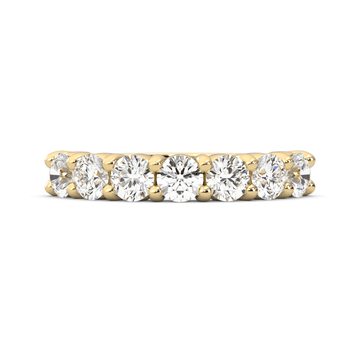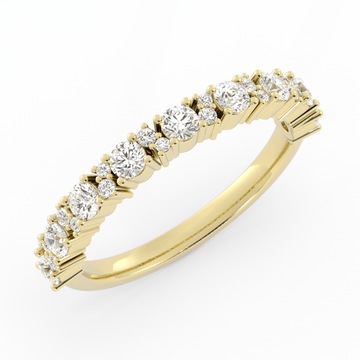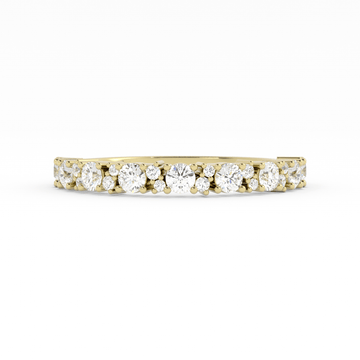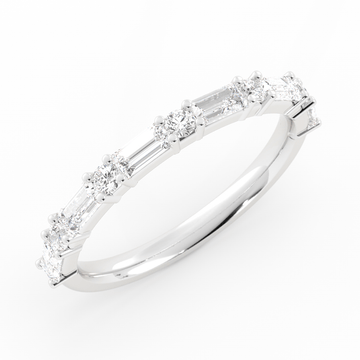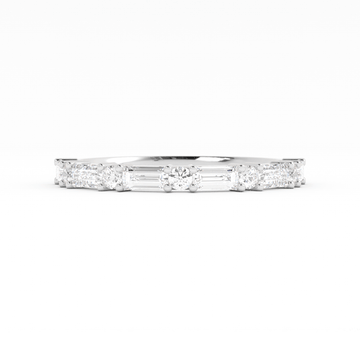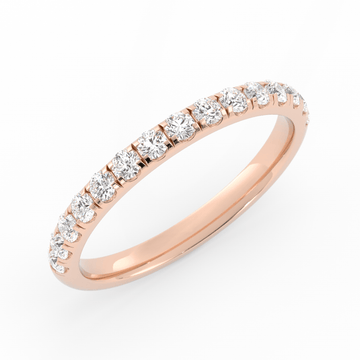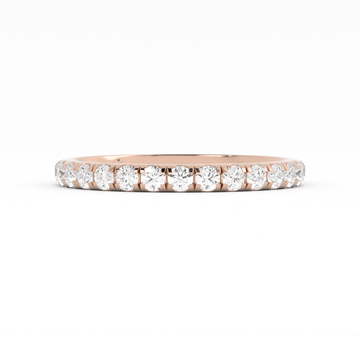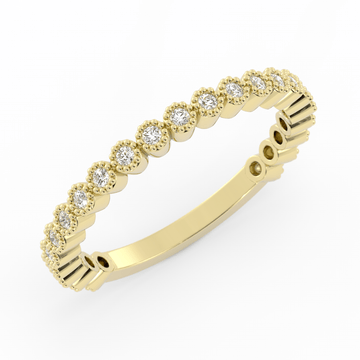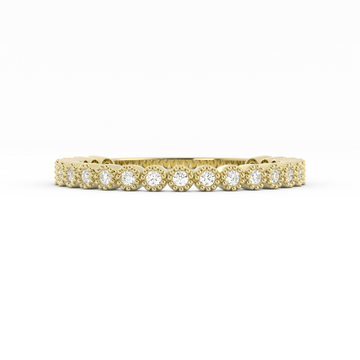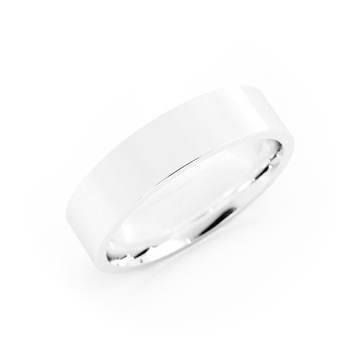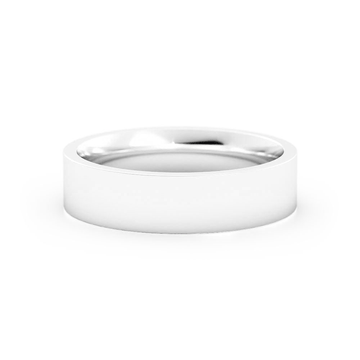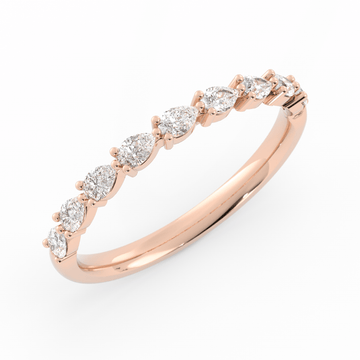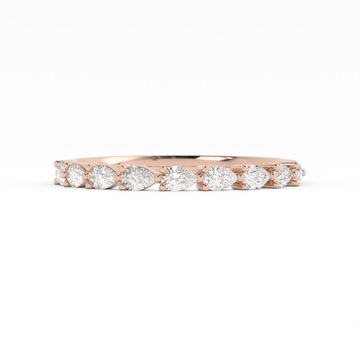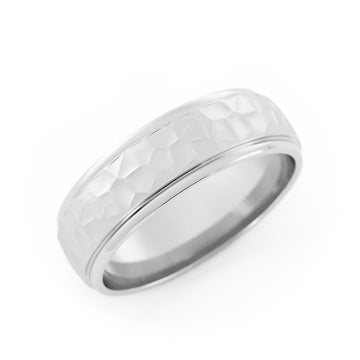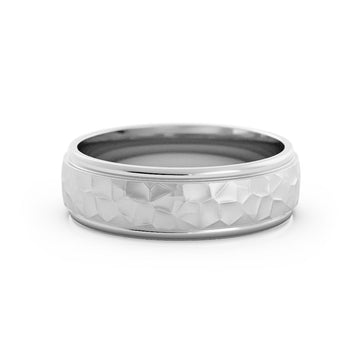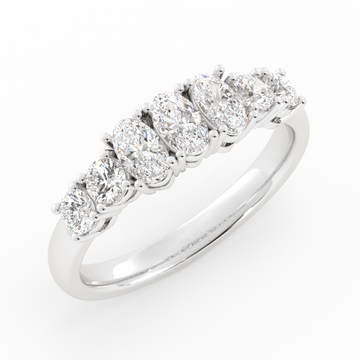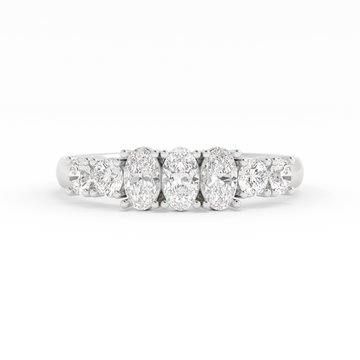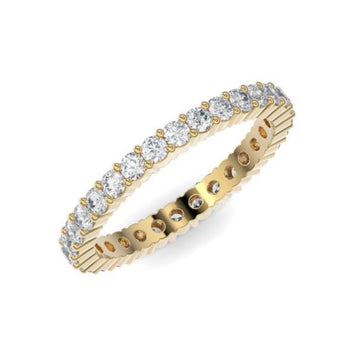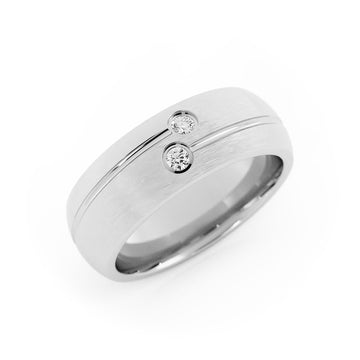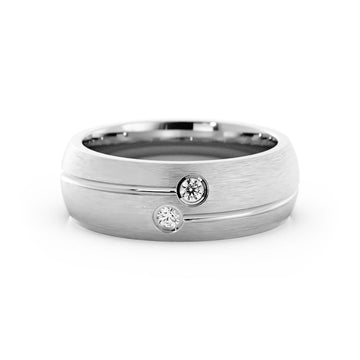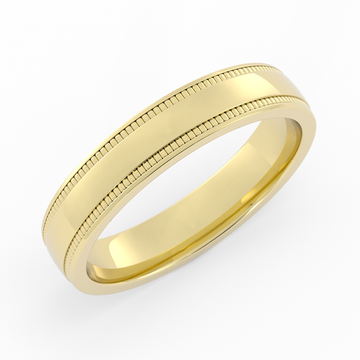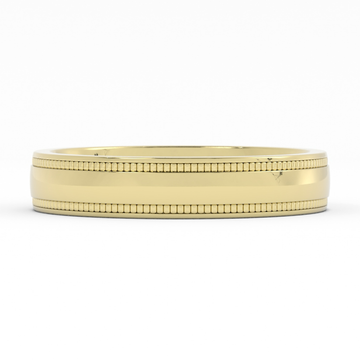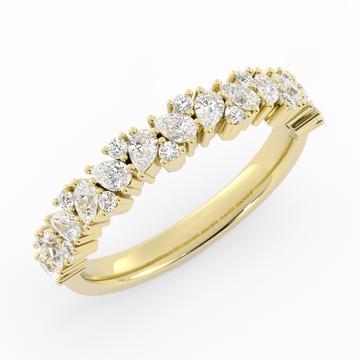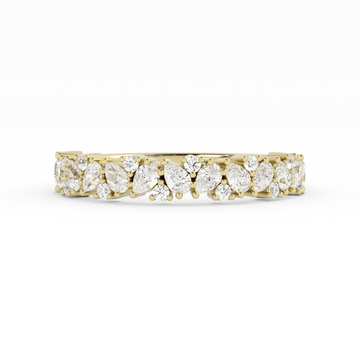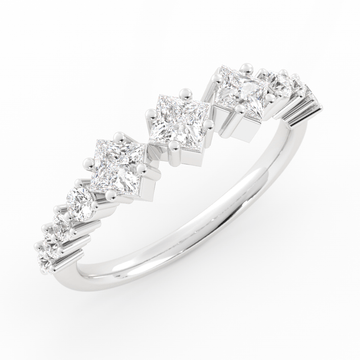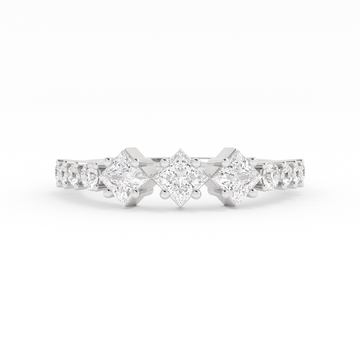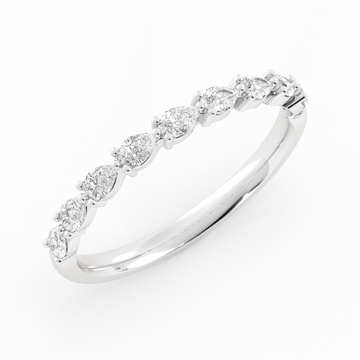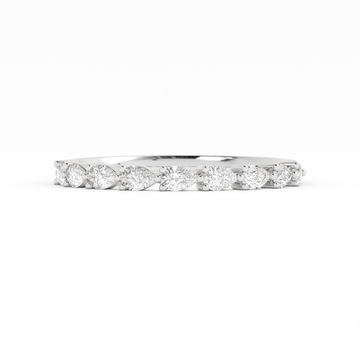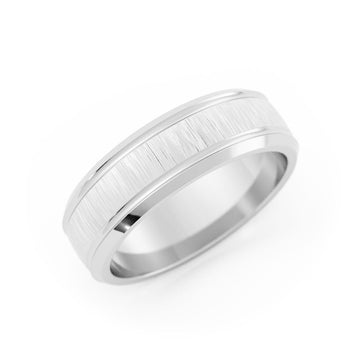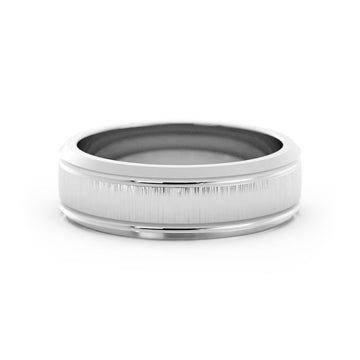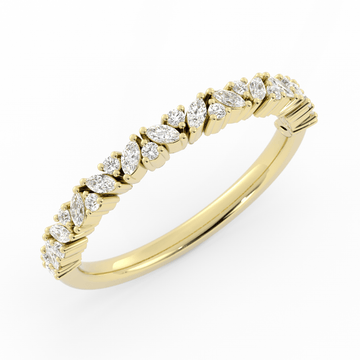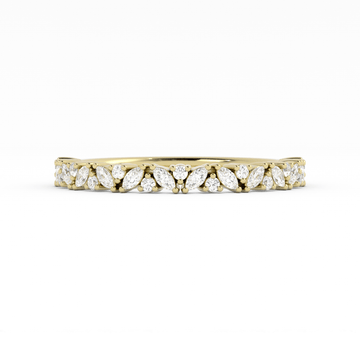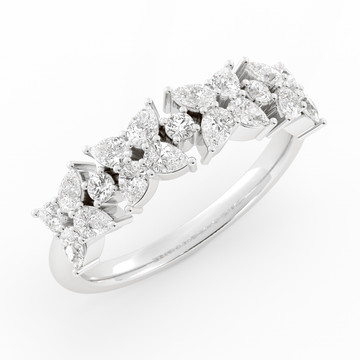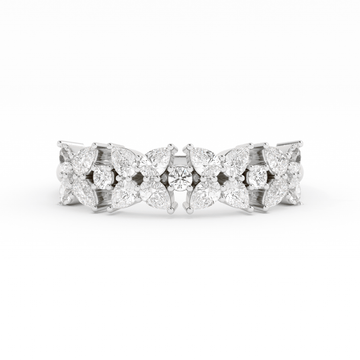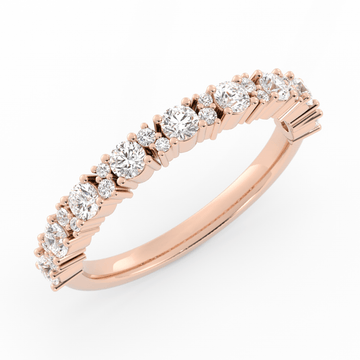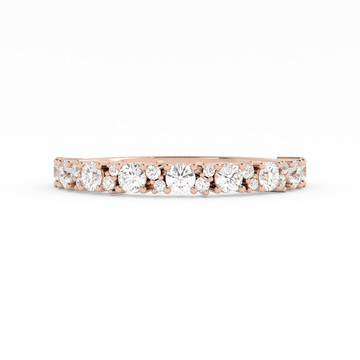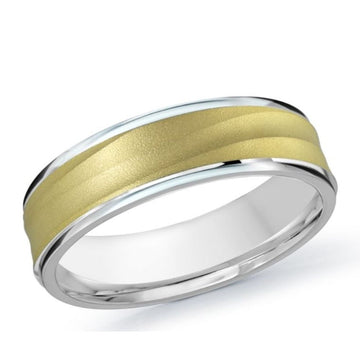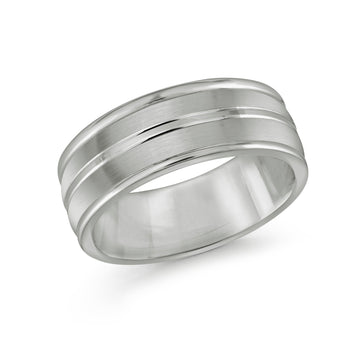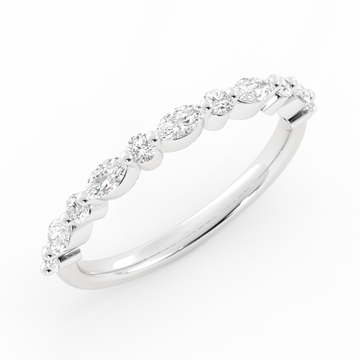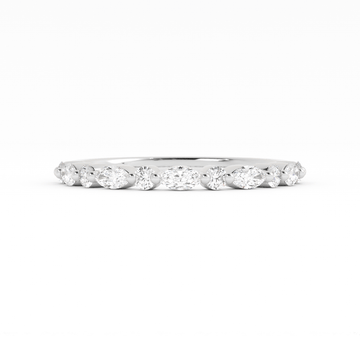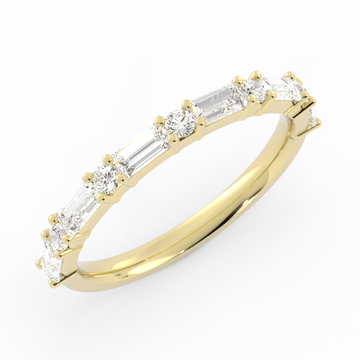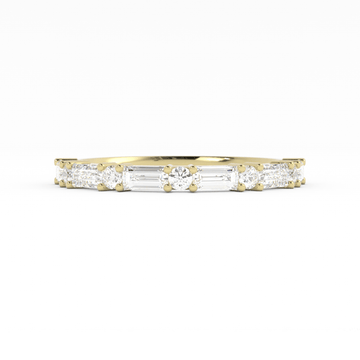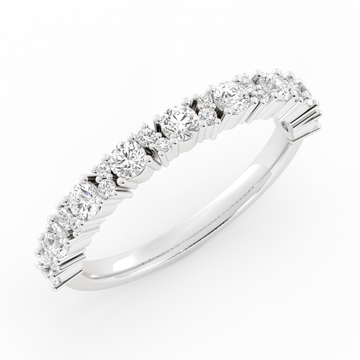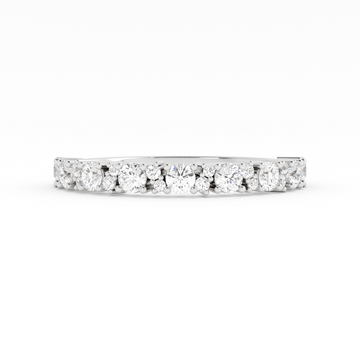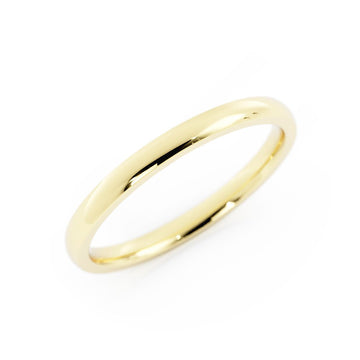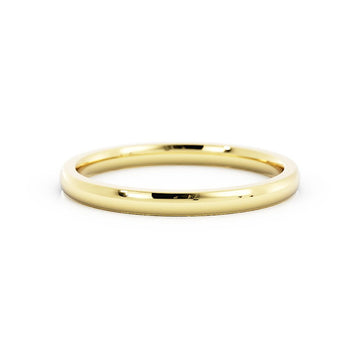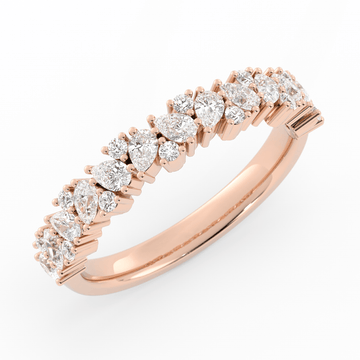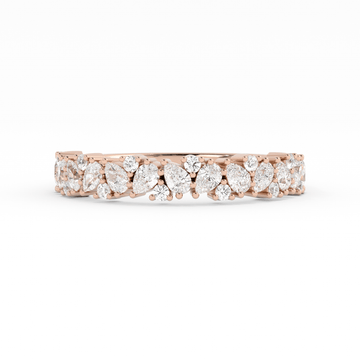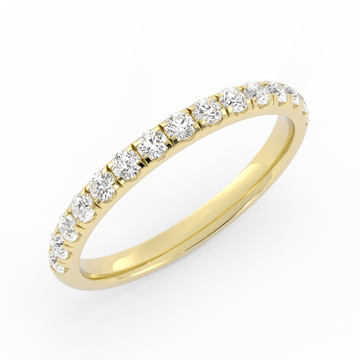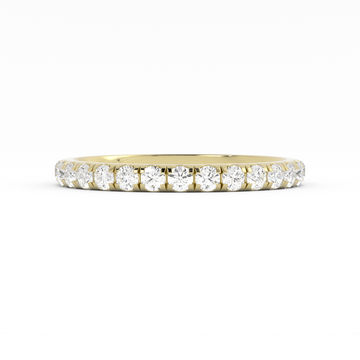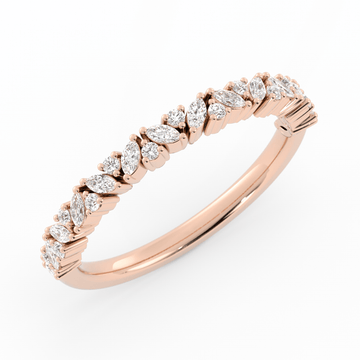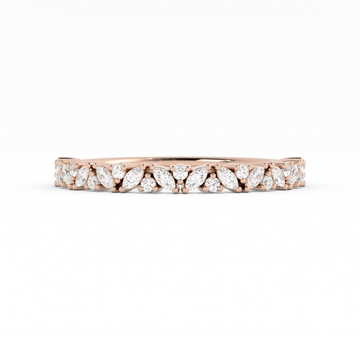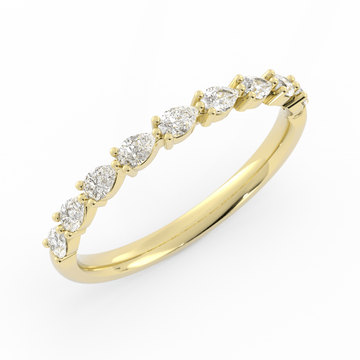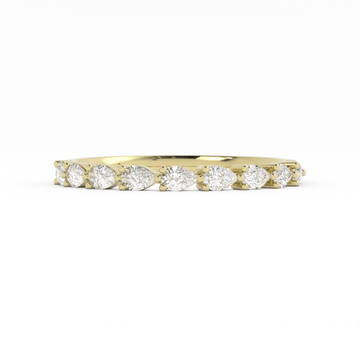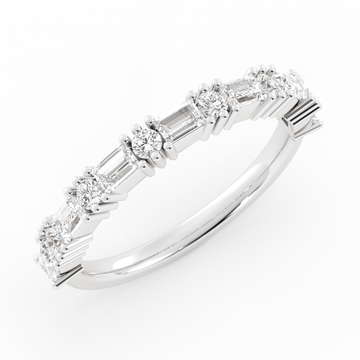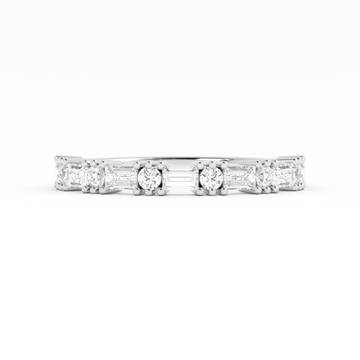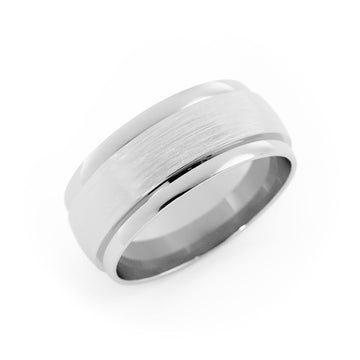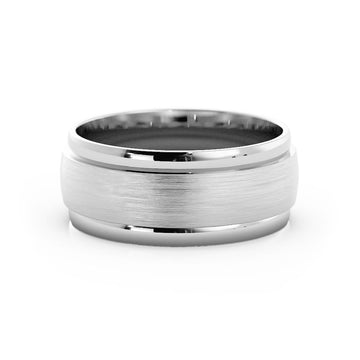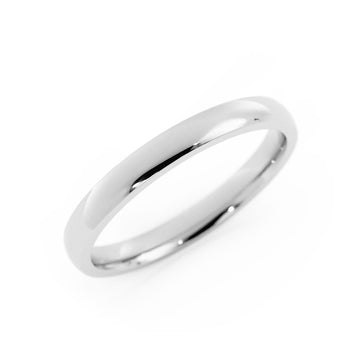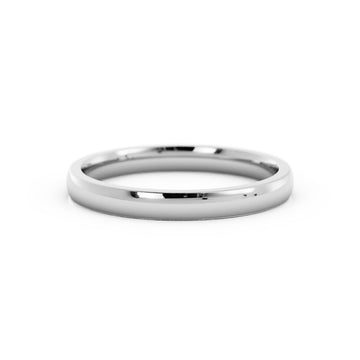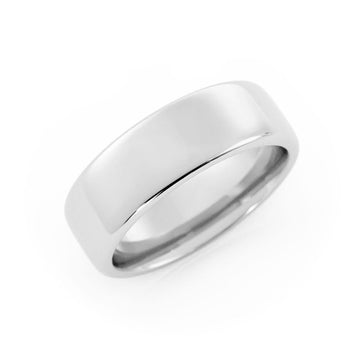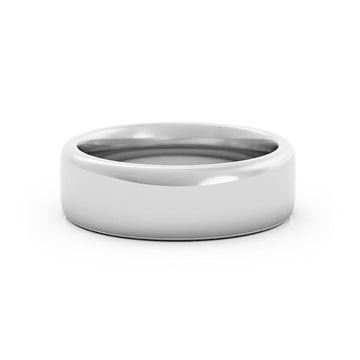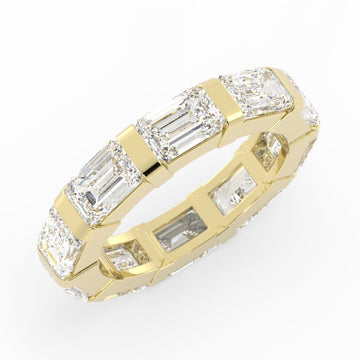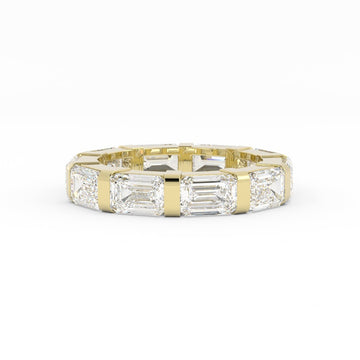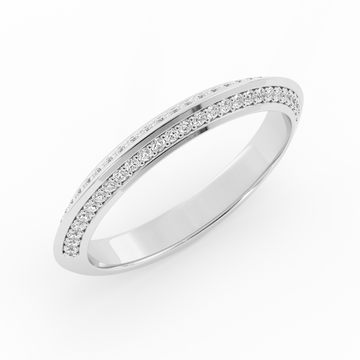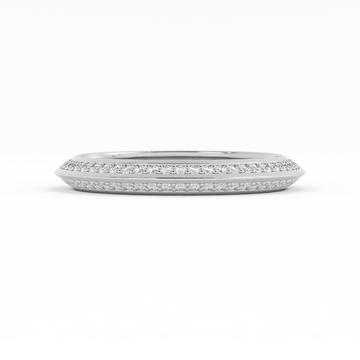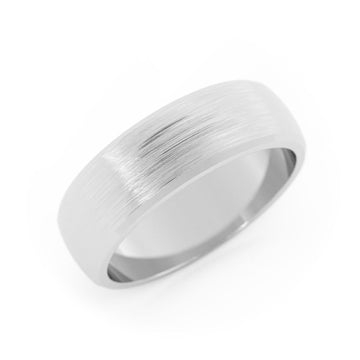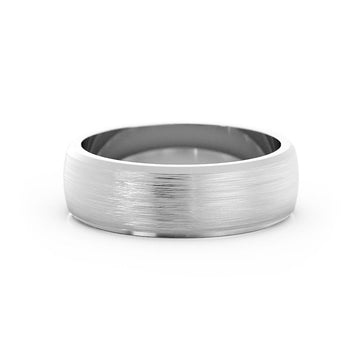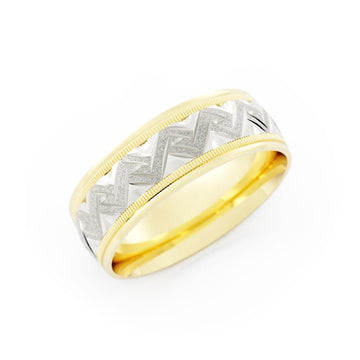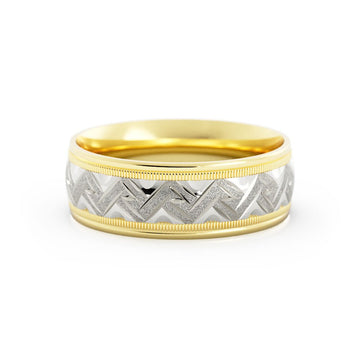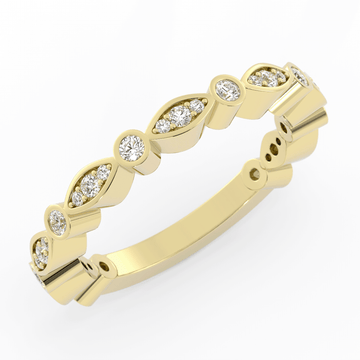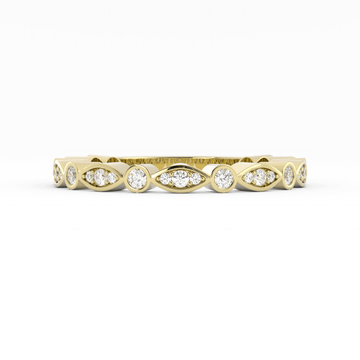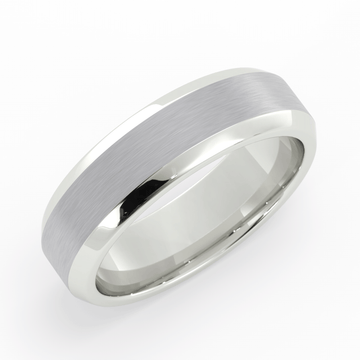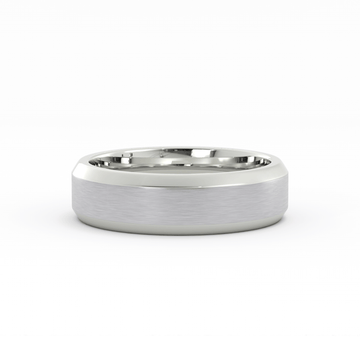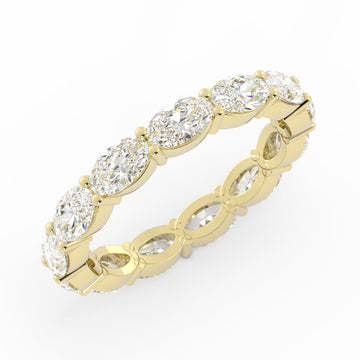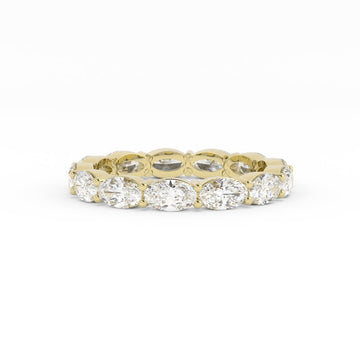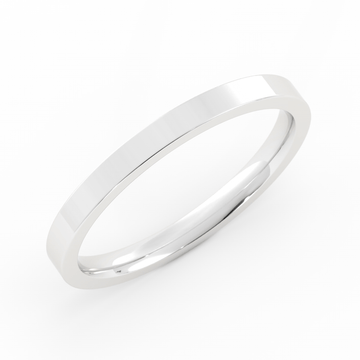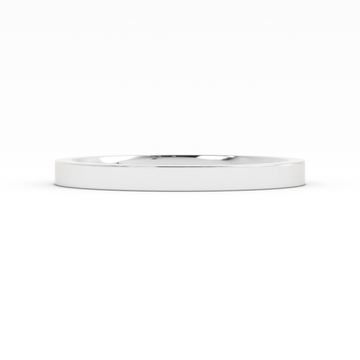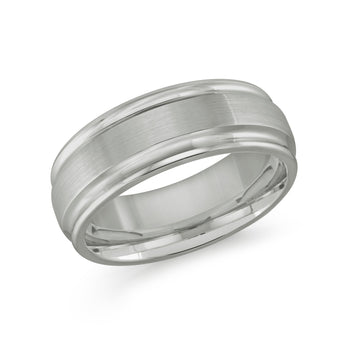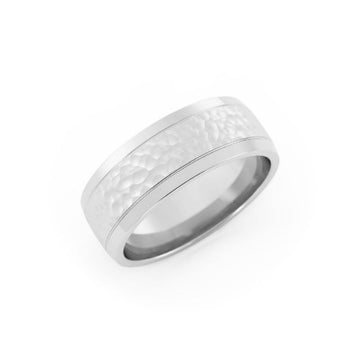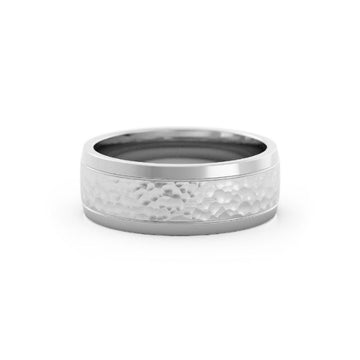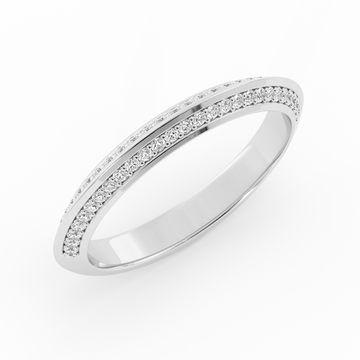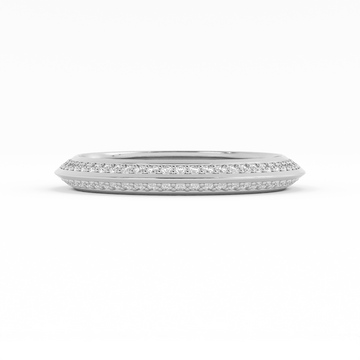When it comes to choosing an engagement or wedding ring, getting the right band can make all the difference. Platinum bands are one of the top choices that offer both a beautiful and timeless look. However, in recent years, another metal, called palladium, has become fairly popular as an alternative to platinum.
Both palladium and platinum are similar in appearance. But which one is better for an engagement or wedding ring? In this guide, we will be sharing with you the differences between these two metals to help you find the perfect band for you!

What Is Palladium?
Originally discovered in 1803, palladium is classified as a light, silvery precious metal. In 1939, it began to be implemented in jewelry pieces.
The Advantages And Disadvantages Of Palladium
When it comes to having a palladium wedding or engagement band, there are both advantages and disadvantages; they are as follows:
Advantages
- Very Durable: Palladium is considered to be very strong and durable, making it a great choice for everyday wear.
- Lightweight: It is also lighter in weight compared to platinum. This, in turn, can make it somewhat more comfortable to wear.
- Maintains Color: Throughout the years, palladium will maintain most, if not all, of its original color. The only change may be a slight patina overtime, which will be a beautiful addition to the ring itself.
Disadvantages
- Sizing Difficulties: Palladium can be hard to resize, as many jewelers don't work with this metal often. Resizing a palladium band can also change the metal's characteristics.
- Somewhat Rare: This metal can be difficult to obtain. In fact, it is about 15 times harder to find than platinum. This makes it not chosen as often in comparison to platinum due to the difficulties in obtaining the metal.
What Is Platinum?
First discovered in 1557, platinum has been one of the most widely known precious metals in existence. However, platinum wasn't used in jewelry until around the beginning of the 19th century.
The Advantages And Disadvantages Of Palladium
As with palladium, there are also advantages and some disadvantages when choosing platinum for wedding and engagement rings; they are as follows:
Advantages
- Especially Strong: Platinum is known for being very durable, making them an excellent choice for engagement and wedding bands.
- Very Low Allergy Risk: Most platinum rings are between 90-95% pure. This means that there most likely will be little to no nickel within the ring, making it ideal for those at risk for skin allergies.
- Slowly Ages: Platinum rings also age slowly over time. This, in turn, creates a beautiful patina or appearance, which will give the ring a timeless finish.
Disadvantages
- Cost: Platinum tends to be more costly than other metals, due to it's unique qualities and popularity.
- Weight: Platinum is considered to be somewhat heavier in weight compared to other metals; however, many may consider this to be an advantage or something they are looking for in a ring.
Conclusion
Deciding on which metal is the right for you can seem somewhat confusing. At Luvari, our goal is to help simplify the process to find the perfect ring that suits your wants and needs! To learn more about these precious metal rings and more, contact us! Let us help you get started in your wedding ring search today!


